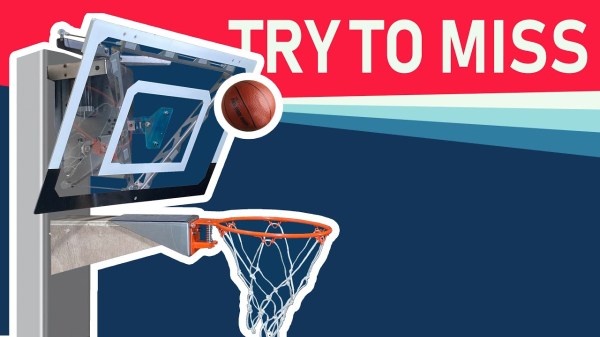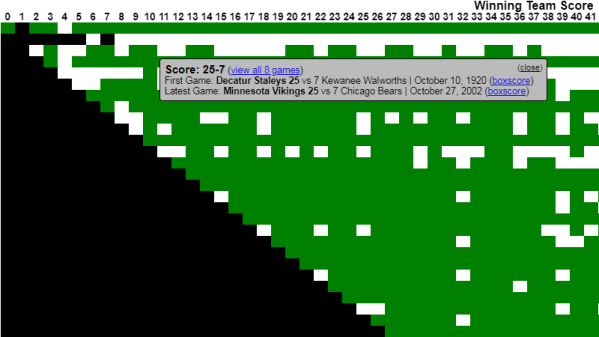A few weeks ago, [Shane Wighton] created a basketball backboard which made it impossible to miss a shot even remotely close to the hoop. As a passive device, though, the backboard had its limits. Shots with tremendous velocity wouldn’t go in, and (like most backboards) it was missing facial recognition software. So he got to work on a second version which solves those issues, and takes a more active role in the game.
This version is flat, and looks largely unassuming until a game begins. The flat backboard is mechanized and includes a camera, so incoming shots can be analyzed in real-time while the backboard is moved into a position to direct the ball into the net. Or, since it does include facial recognition, the backboard can always send the ball away from the hoop, ensuring that [Shane] always wins basketball games no matter how many shots his opponent takes.
If you didn’t get a chance to see the original, we featured that a while back, and it’s truly a wonder when you learn about how much analysis went into creating the shape. The new version is even more impressive, doing all of that math in real time, and we can’t wait to see what [Shane] comes up with next.




 Originally conceived as a sport wheelchair, it has now evolved to answer different needs, due to feedback from the users and the community involved in the project. [Alessio] designed the project to be built from materials and resources easily available to any DIY maker at today’s Fab Labs and Makerspaces. The team have provided a detailed BOM to help procure all the required materials, instruction manual and drawings for assembly, and all the CAD files with customization instructions. Already, teams in Ecuador, India and Italy have replicated and built their own version of the TooWheel wheelchair. This confirms that the project is well documented and allows anyone around the world to download the plans and follow instructions to build their own wheelchair.
Originally conceived as a sport wheelchair, it has now evolved to answer different needs, due to feedback from the users and the community involved in the project. [Alessio] designed the project to be built from materials and resources easily available to any DIY maker at today’s Fab Labs and Makerspaces. The team have provided a detailed BOM to help procure all the required materials, instruction manual and drawings for assembly, and all the CAD files with customization instructions. Already, teams in Ecuador, India and Italy have replicated and built their own version of the TooWheel wheelchair. This confirms that the project is well documented and allows anyone around the world to download the plans and follow instructions to build their own wheelchair.













